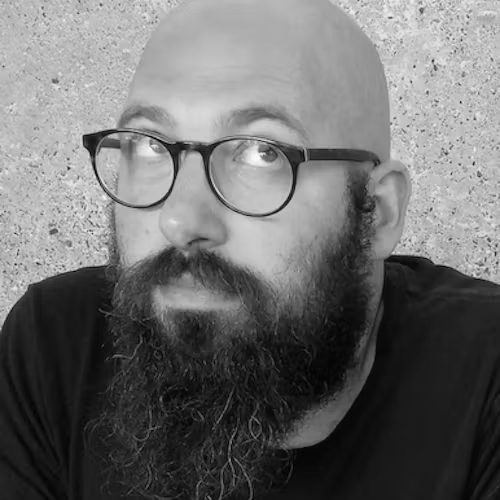Why Serbian protesters set off smoke bombs in parliament
Ongoing anti-corruption protests erupted into full view this week as Serbian protesters threw the country's legislature into chaos
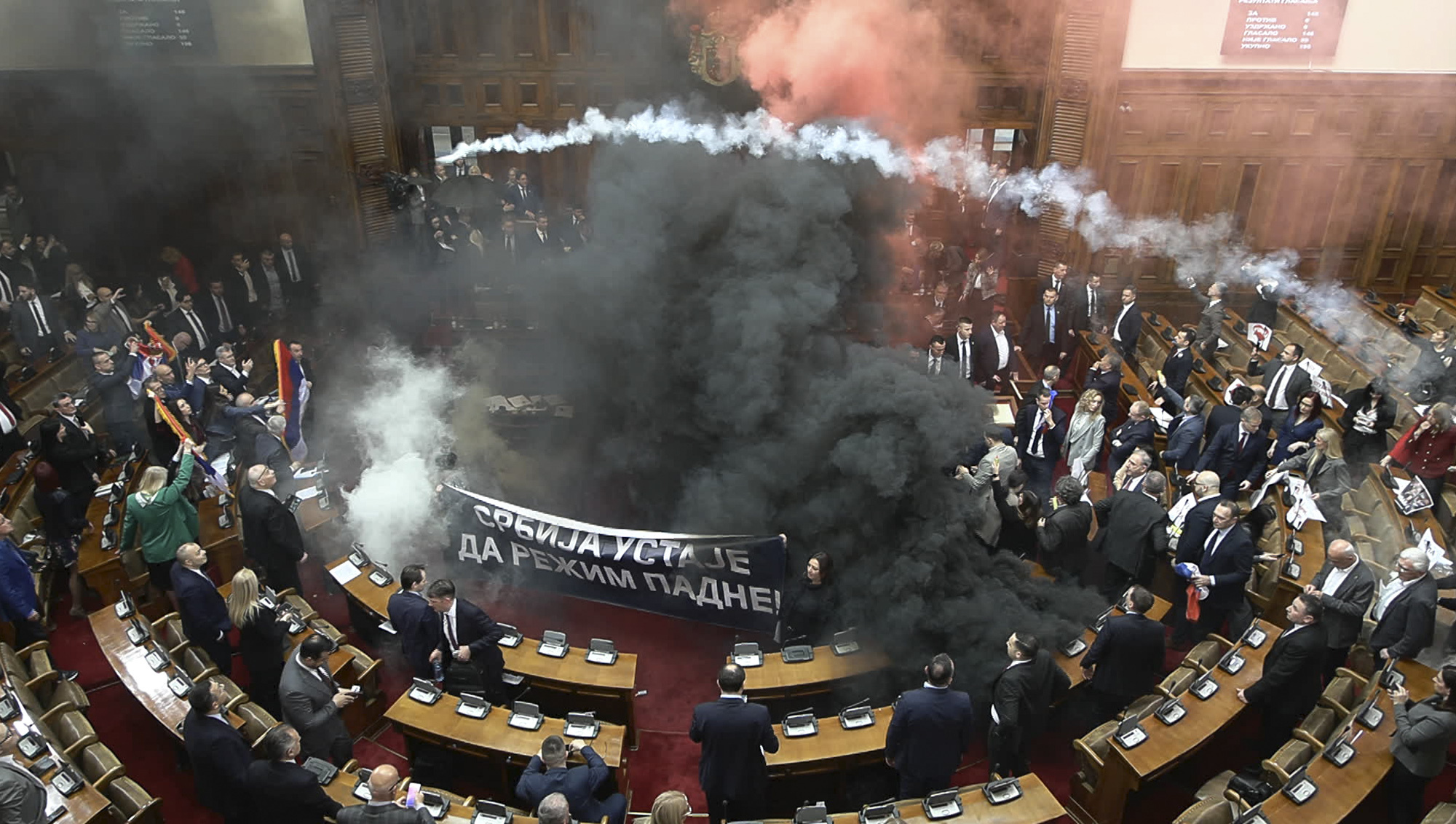

It was like a scene out of a movie: a tense parliamentary meeting interrupted by opposition party lawmakers who launched smoke grenades, threw eggs and lit incendiary flares before unfurling a banner announcing "Serbia has risen to bring down the regime." When the literal smoke cleared, at least three Serbian lawmakers were injured, including one who allegedly suffered a stroke during the chaos.
This week's dramatic melee in Belgrade is just one moment of unrest amid a months-long protest movement that has shaken the Balkan nation. The protests began in the wake of a November railway disaster that killed 15 people in the city of Novi Sad, an incident that became a galvanizing moment for those who demanded accountability for the supposed cronyism and corruption they blamed for the tragedy.
What happened this week?
Tuesday's chaotic legislative session, ostensibly called to "vote on a bill to increase university funding," ended up "highlighting" Serbia's "deep political divisions," The Independent said. The violence began after party members accused the Serbian Progressive Party, which leads the ruling coalition and approved Tuesday's legislative agenda, of "planning to approve dozens of other decisions" during the session, The Associated Press said. They also demanded lawmakers "first confirm the resignation of Prime Minister Milos Vucevic and his government." Vucevic had announced his resignation in January under pressure from the growing protest movement, which described his abdication as an "attempt by the president to deflect blame — a tactic he has used to defuse past crises," CNN said. Opposition party protesters also "used pepper spray and threw bottles at cabinet ministers" during Tuesday's fracas, said Bloomberg, although the parliamentary session later resumed "despite chants from some legislators."
The Week
Escape your echo chamber. Get the facts behind the news, plus analysis from multiple perspectives.

Sign up for The Week's Free Newsletters
From our morning news briefing to a weekly Good News Newsletter, get the best of The Week delivered directly to your inbox.
From our morning news briefing to a weekly Good News Newsletter, get the best of The Week delivered directly to your inbox.
How did Serbia get here?
The current protest movement began after the roof of a newly renovated train station in the city of Novi Sad collapsed, killing 15 people. Protesters have attributed the infrastructure failure to "corruption they link to President Aleksandar Vucic's decade in power," Reuters said. To date, 13 people have been charged in connection to the collapse.
While initially launched by student groups as a series of silent vigils for the Novi Sad victims, "teachers, farmers and other workers" have since joined the movement, which has become "the biggest threat yet" to Vucic's presidency. Student protesters have largely "kept their distance" from more aggressive protests — such as Tuesday's parliamentary action — in which "citizens in local communities opted for radicalization," said Germany's Deutsche Welle. Although the protests have been minimized in much of the American press, they are a "historic development worth paying attention to," given the broader context of "Europe-wide backsliding on democracy and a crisis of the political establishment," said Sasa Savanovic at Al Jazeera.
What could happen next?
Serbian protesters are preparing for a general strike on March 7, followed by a large demonstration in Belgrade on the 15th. The country's ruling coalition has accused Western nations of "trying to destabilize Serbia" and "topple the government by backing the protests," Reuters said. "Whether intentionally or not," said political scientist Cvijetin Milivojevic to Deutsche Welle, "the opposition fell for the bait that the current government has been using for a long time."
A free daily email with the biggest news stories of the day – and the best features from TheWeek.com
Rafi Schwartz has worked as a politics writer at The Week since 2022, where he covers elections, Congress and the White House. He was previously a contributing writer with Mic focusing largely on politics, a senior writer with Splinter News, a staff writer for Fusion's news lab, and the managing editor of Heeb Magazine, a Jewish life and culture publication. Rafi's work has appeared in Rolling Stone, GOOD and The Forward, among others.
-
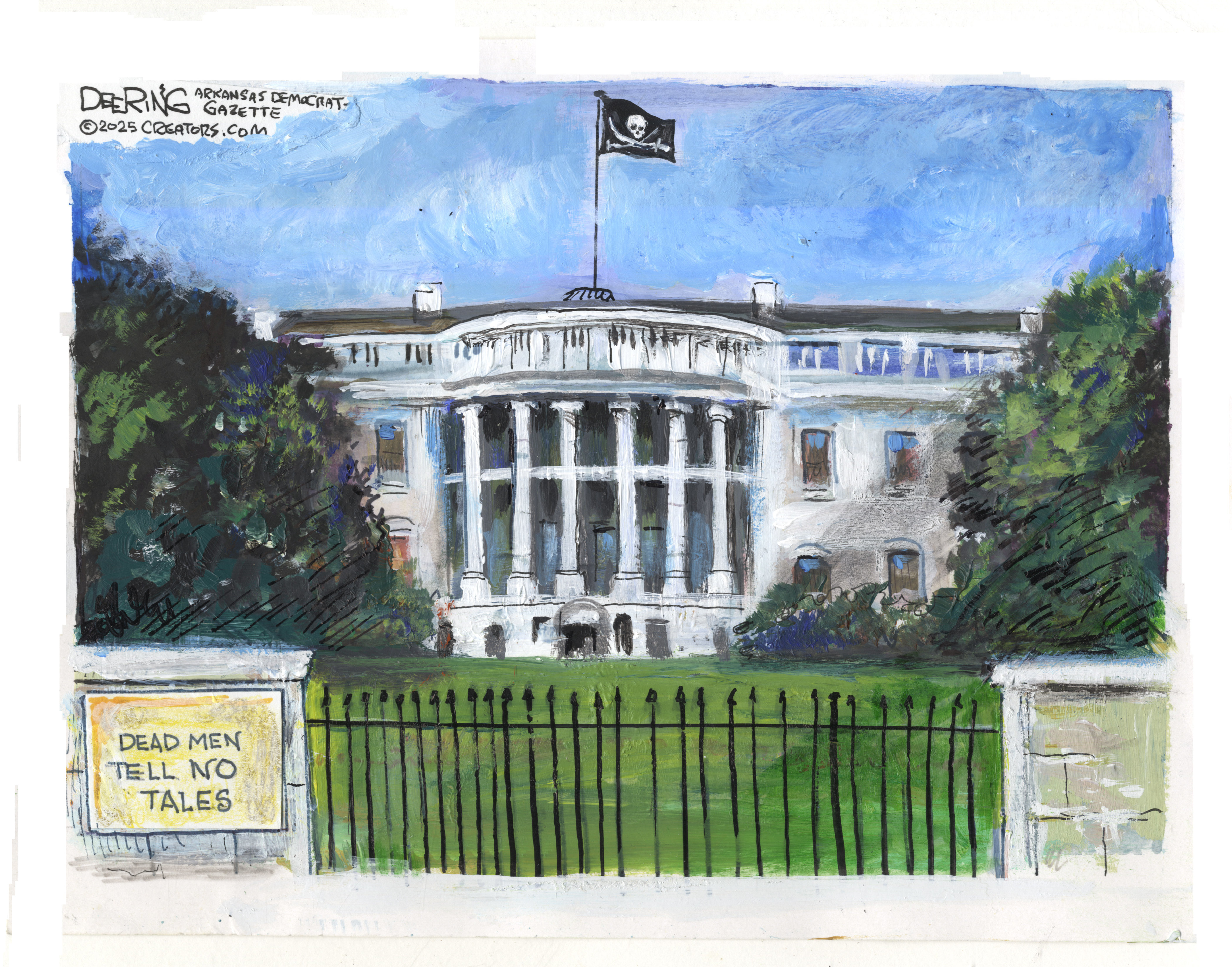 Political cartoons for December 14
Political cartoons for December 14Cartoons Sunday's political cartoons include a new White House flag, Venezuela negotiations, and more
-
 Heavenly spectacle in the wilds of Canada
Heavenly spectacle in the wilds of CanadaThe Week Recommends ‘Mind-bending’ outpost for spotting animals – and the northern lights
-
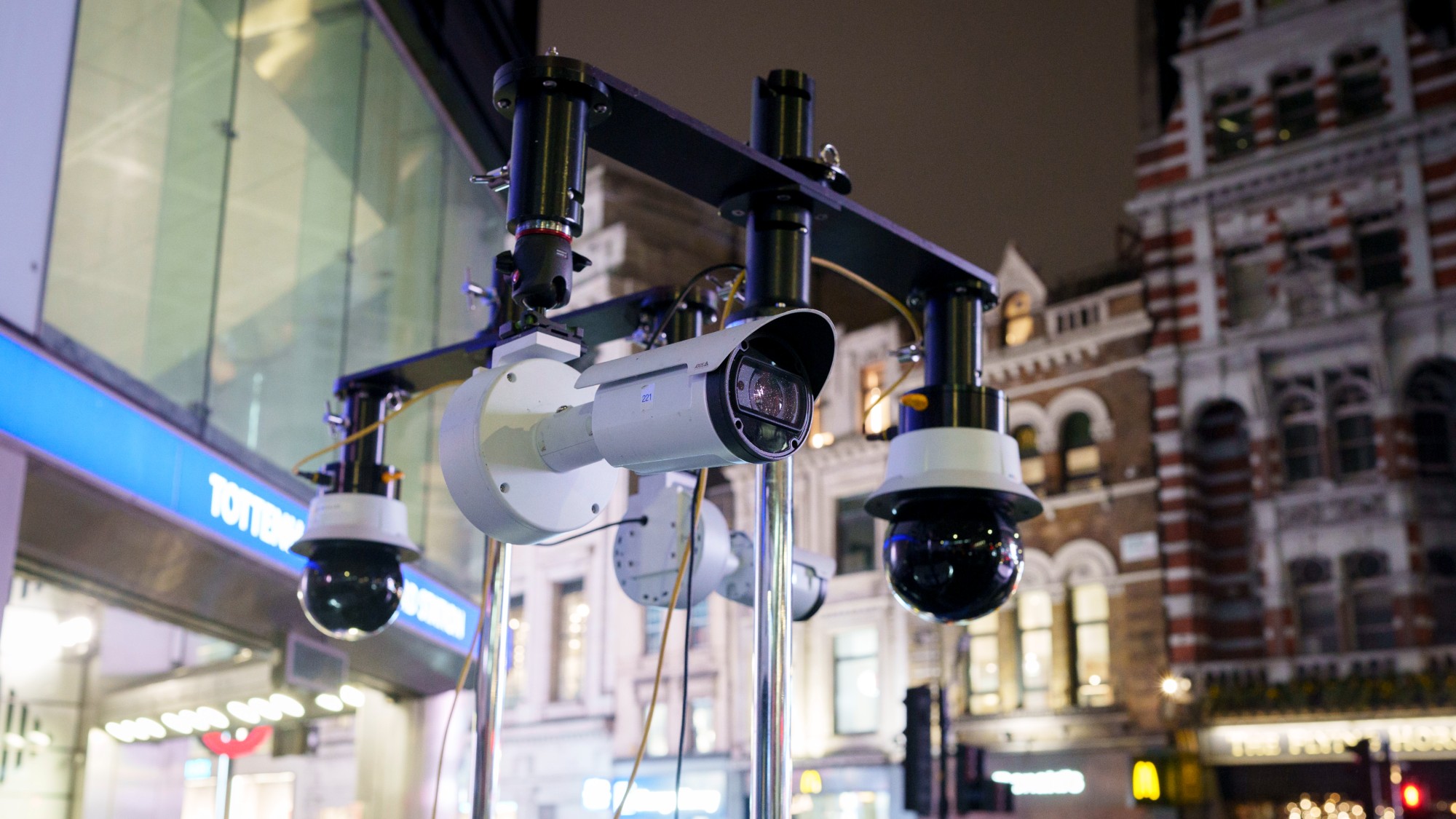 Facial recognition: a revolution in policing
Facial recognition: a revolution in policingTalking Point All 43 police forces in England and Wales are set to be granted access, with those against calling for increasing safeguards on the technology
-
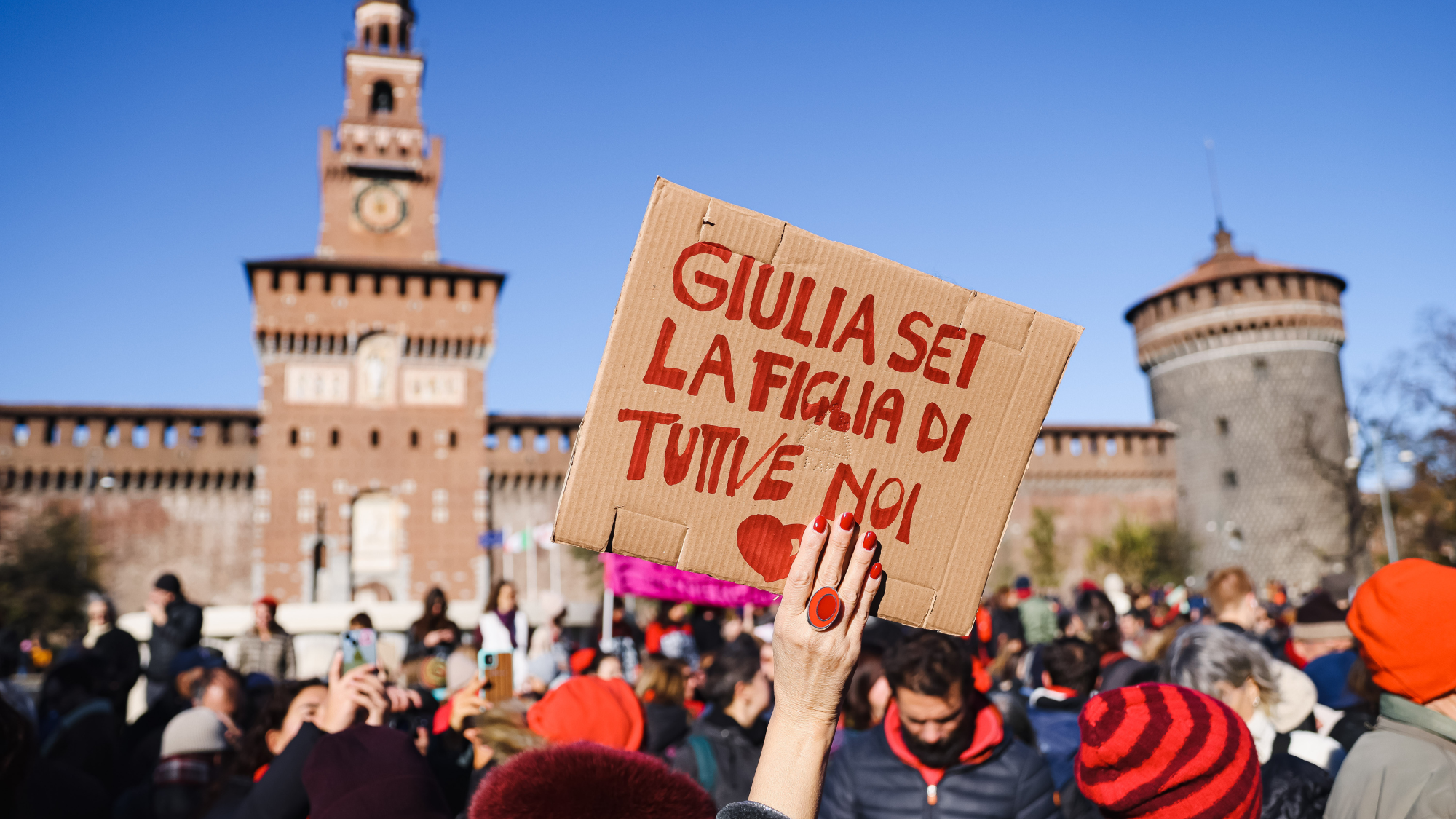 Femicide: Italy’s newest crime
Femicide: Italy’s newest crimeThe Explainer Landmark law to criminalise murder of a woman as an ‘act of hatred’ or ‘subjugation’ but critics say Italy is still deeply patriarchal
-
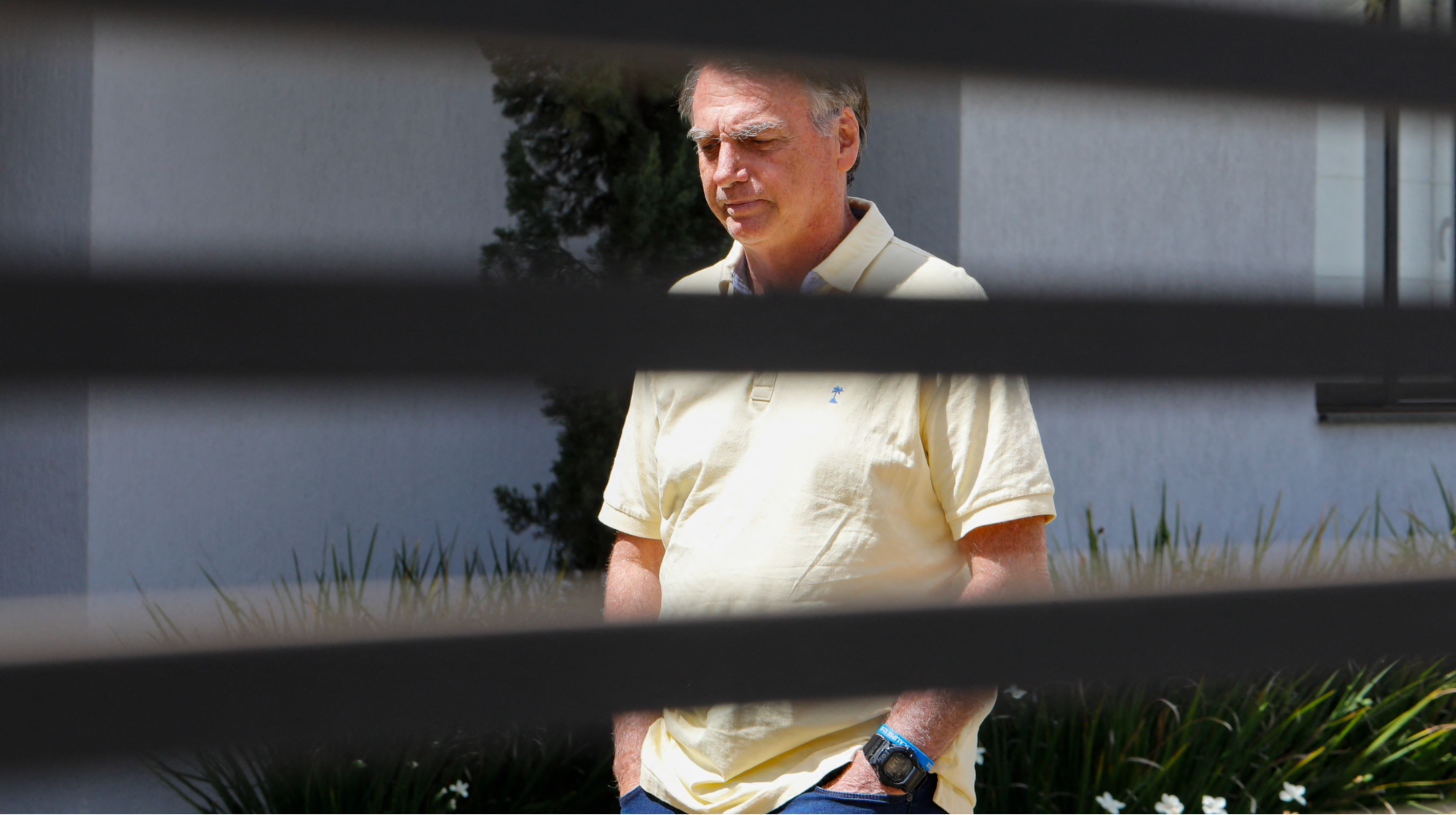 Brazil’s Bolsonaro behind bars after appeals run out
Brazil’s Bolsonaro behind bars after appeals run outSpeed Read He will serve 27 years in prison
-
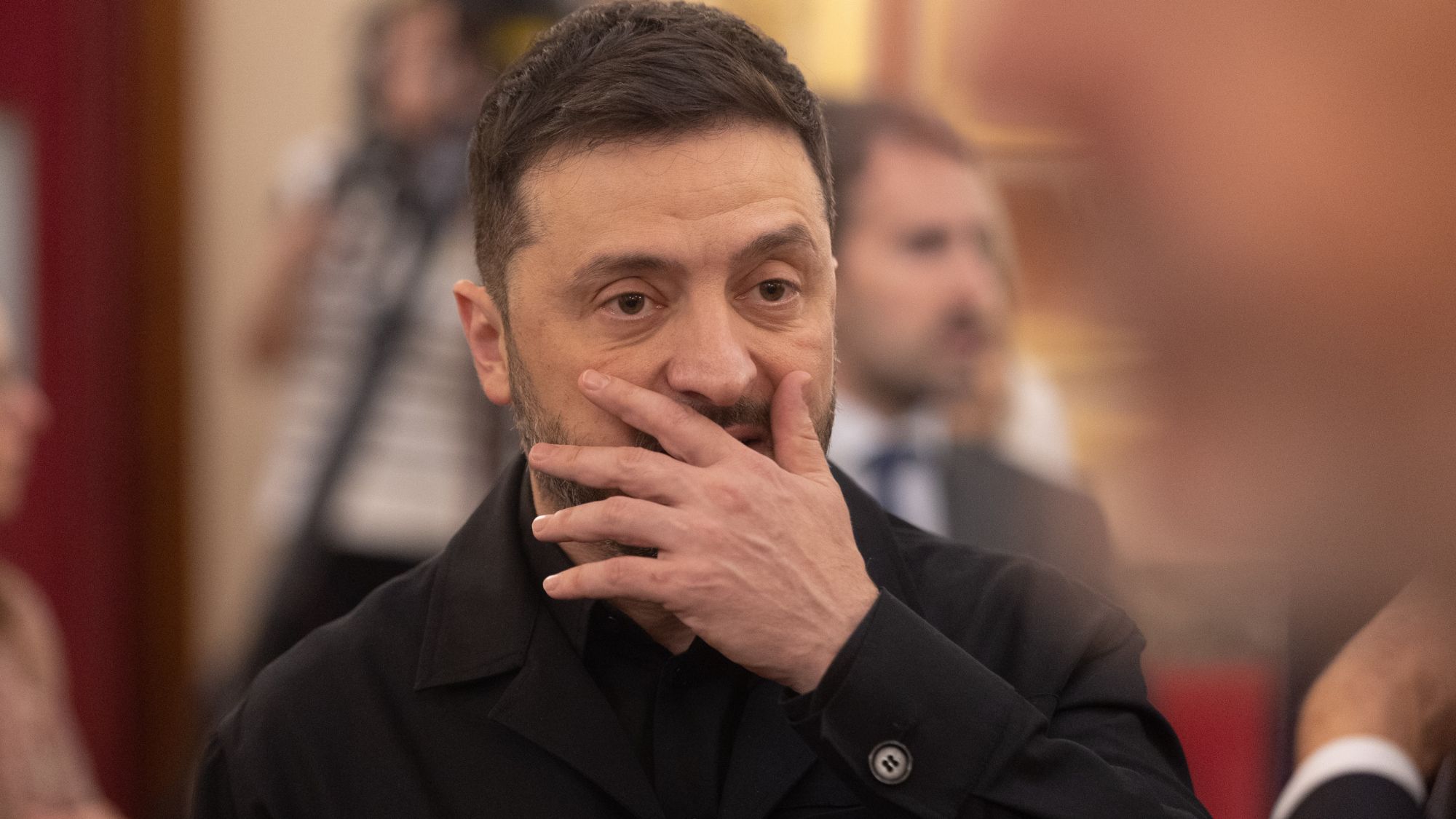 The $100mn scandal undermining Volodymyr Zelenskyy
The $100mn scandal undermining Volodymyr ZelenskyyIn the Spotlight As Russia continues to vent its military aggression on Ukraine, ‘corruption scandals are weakening the domestic front’
-
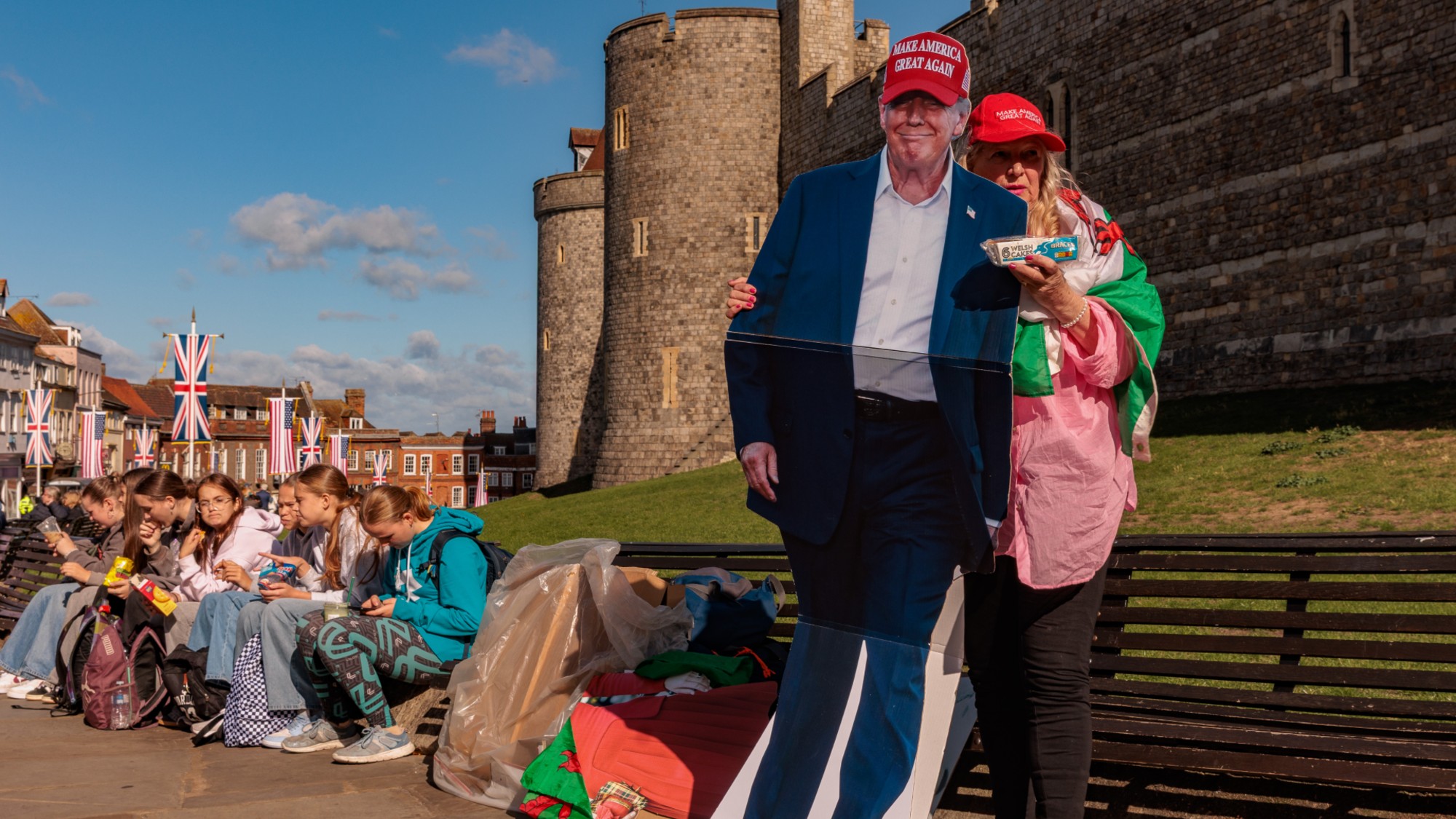 Americans traveling abroad face renewed criticism in the Trump era
Americans traveling abroad face renewed criticism in the Trump eraThe Explainer Some of Trump’s behavior has Americans being questioned
-
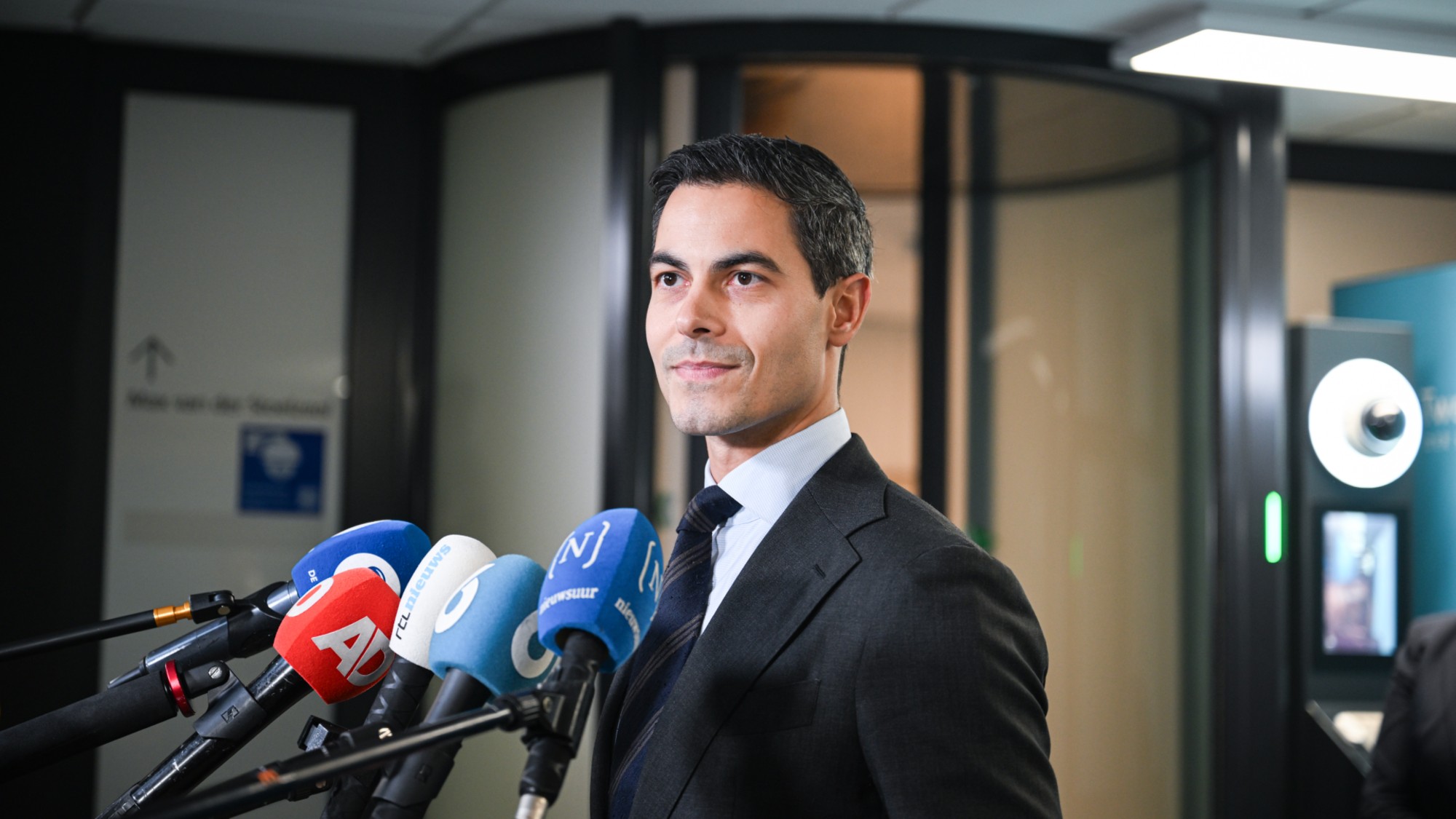 Rob Jetten: the centrist millennial set to be the Netherlands’ next prime minister
Rob Jetten: the centrist millennial set to be the Netherlands’ next prime ministerIn the Spotlight Jetten will also be the country’s first gay leader
-
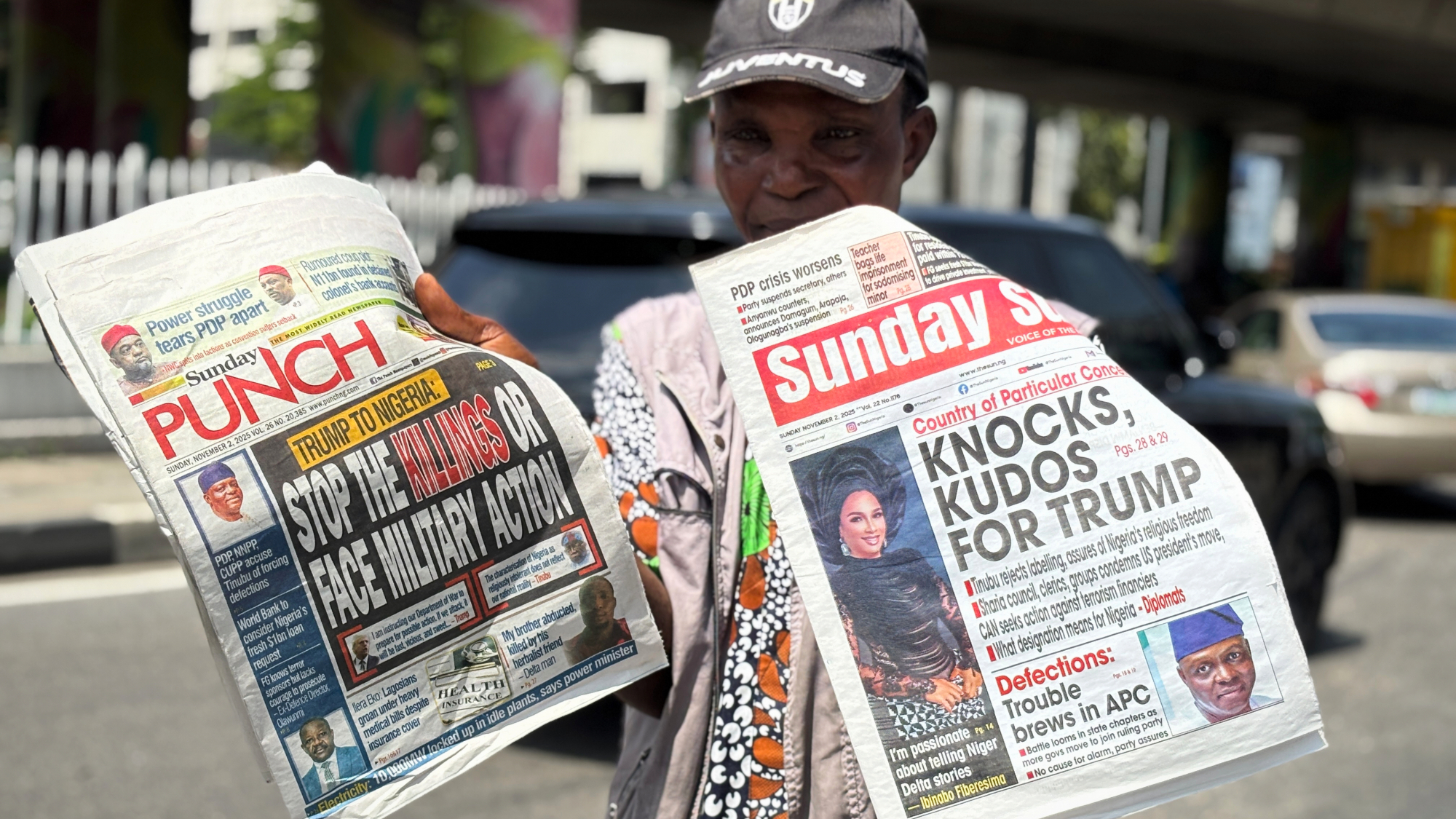 Nigeria confused by Trump invasion threat
Nigeria confused by Trump invasion threatSpeed Read Trump has claimed the country is persecuting Christians
-
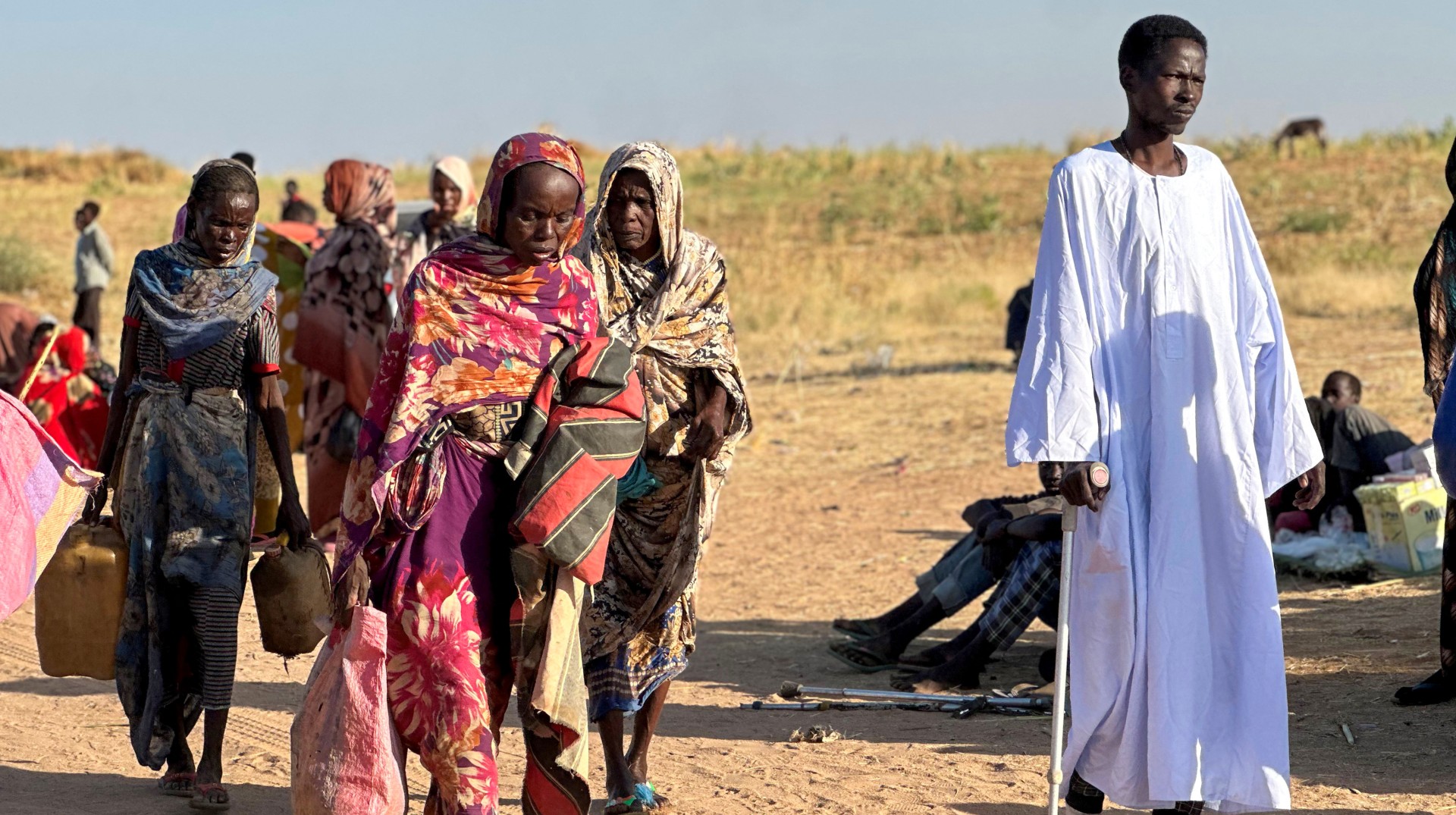 Sudan stands on the brink of another national schism
Sudan stands on the brink of another national schismThe Explainer With tens of thousands dead and millions displaced, one of Africa’s most severe outbreaks of sectarian violence is poised to take a dramatic turn for the worse
-
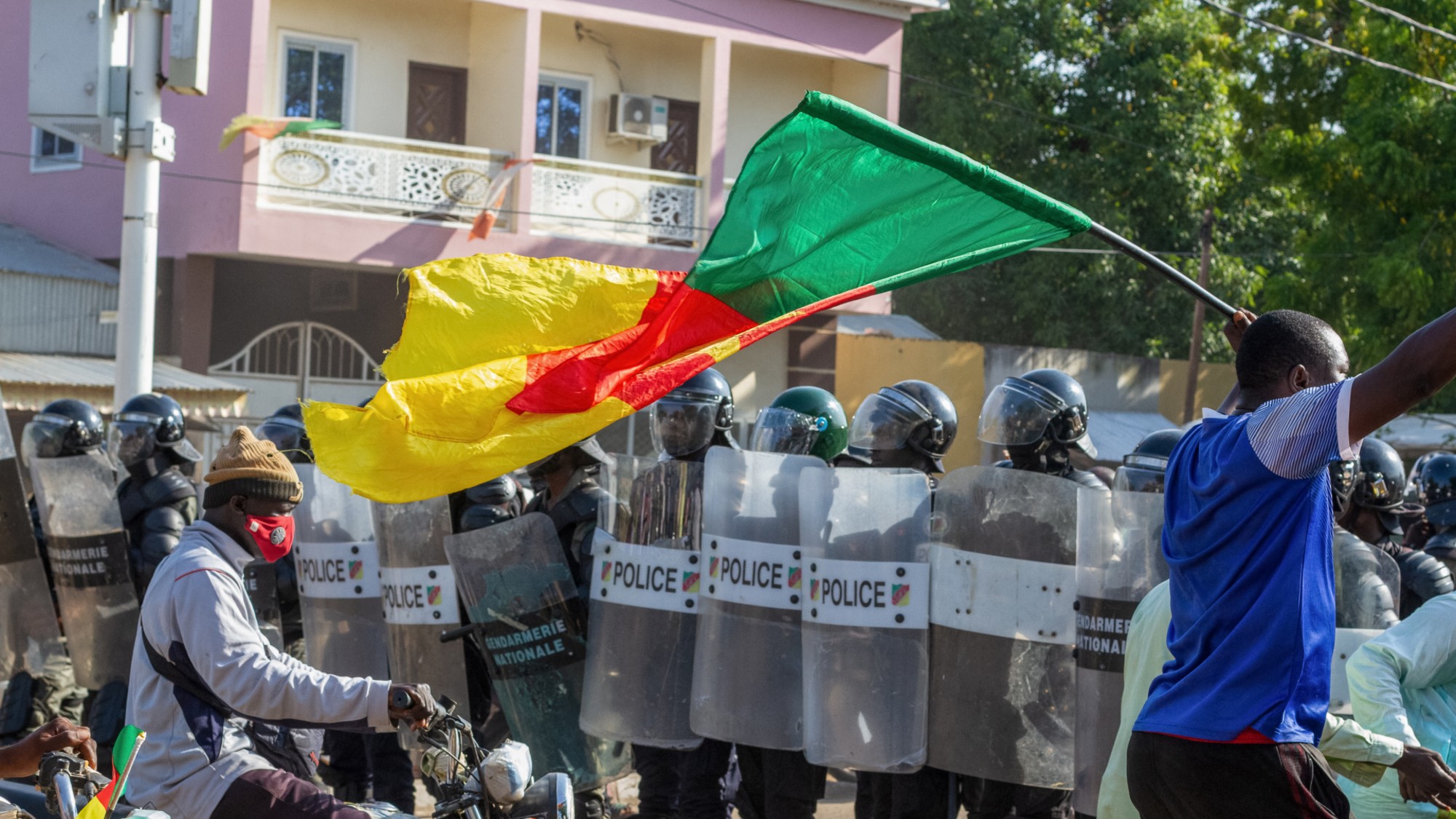 Protesters fight to topple one of Africa’s longstanding authoritarian nations
Protesters fight to topple one of Africa’s longstanding authoritarian nationsIn the Spotlight Cameroon’s president has been in office since 1982
